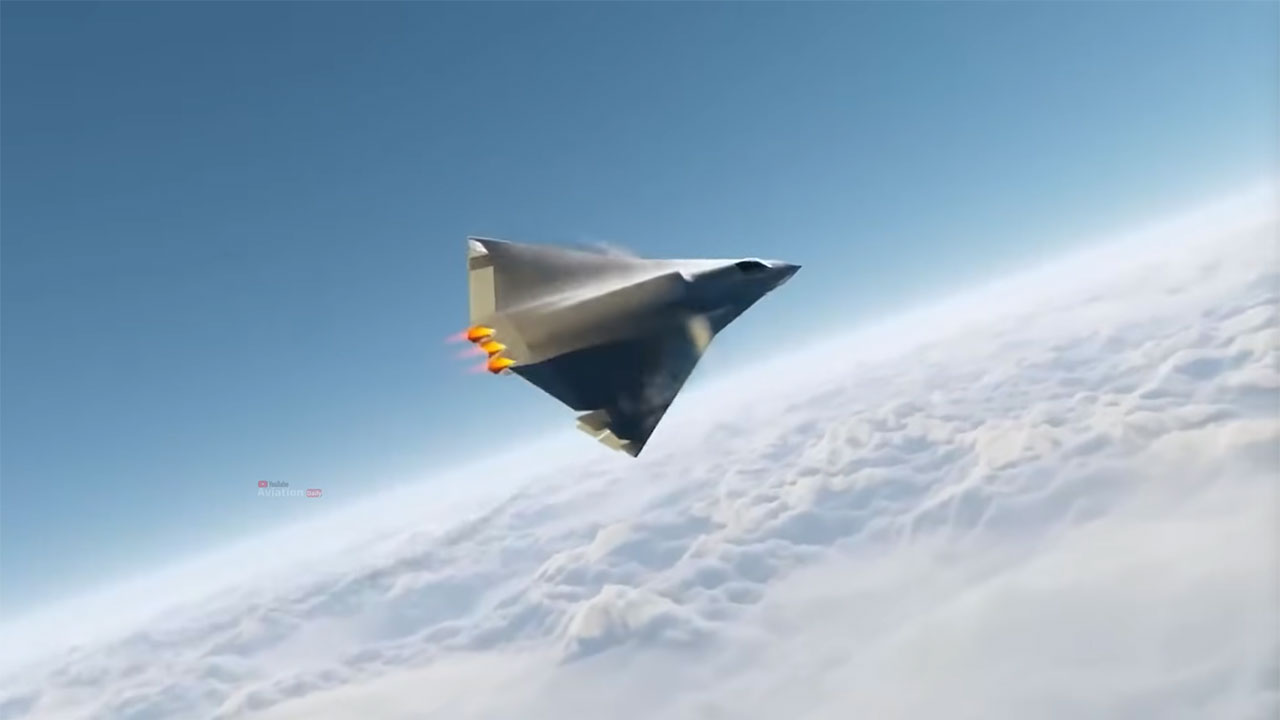
The unveiling of the second prototype of China’s J-36 stealth fighter has revealed significant structural changes, underscoring the country’s ongoing efforts to refine and advance its aerial capabilities. This tailless stealth fighter, which was recently spotted in flight for the second time, is a testament to China’s commitment to modernizing its air force.
Background on the J-36 Program
The J-36 program is a crucial part of China’s strategy to modernize its air force. The initiative aims to develop a heavy stealth fighter that can compete with the world’s most advanced aerial combat systems. The tailless design of the J-36 is a key feature that contributes to its reduced radar detectability, making it a formidable asset in stealth operations.
Since its inception, the J-36 program has achieved several milestones, with the recent unveiling of the second prototype being the latest. The progression of the program has been marked by rigorous testing and development efforts, as evidenced by the J-36 being spotted in flight for the second time.
First Observations of the J-36 in Flight
The first public sighting of the J-36 provided valuable insights into its capabilities. Early tests revealed a tailless stealth fighter with a unique design and advanced technical features. The aircraft’s stability and maneuverability, despite its tailless configuration, were particularly noteworthy.
On March 17, 2025, the J-36 was seen flying for the second time. Observations from this flight, including the aircraft’s flight path and performance, provided further evidence of the ongoing development and refinement of the J-36 program.
Uncovering the Second Prototype
The recent discovery of the second prototype of the J-36 has provided a fresh perspective on the program’s progression. This discovery, made on October 28, 2025, builds on the insights gained from the previous flight sightings. The second prototype was uncovered through a combination of imagery and intelligence sources, revealing notable structural changes.
The development of the J-36 prototypes has been shrouded in secrecy, with the locations of the facilities and the measures taken to maintain confidentiality remaining undisclosed. This level of secrecy underscores the strategic importance of the J-36 program to China’s military ambitions.
Key Structural Changes in the Prototype
The second prototype of the J-36 features significant structural changes, including modifications to the airframe and materials. These changes, as revealed in the recently uncovered prototype, suggest a focus on enhancing the aircraft’s stealth capabilities and aerodynamic performance.
Comparisons with the first prototype highlight the extent of these changes. The modifications suggest a possible engineering rationale tied to the observed flight behaviors of the J-36, indicating a continuous process of refinement and improvement.
Implications of Tailless Design Advancements
The advancements in the tailless design of the J-36 have significant implications for its stealth capabilities and mission profiles. The design, as observed during the second flight, allows for a reduced radar signature, making the aircraft harder to detect.
However, tailless flight control also presents challenges, requiring innovative solutions to ensure stability and maneuverability. The J-36’s successful flights suggest that these challenges are being effectively addressed, potentially influencing broader trends in aerospace design.
Future Prospects for the J-36
Following the uncovering of the second prototype and the notable structural changes, further testing of the J-36 is expected. These tests will likely focus on evaluating the impact of the modifications on the aircraft’s performance and stealth capabilities.
The J-36’s integration into China’s military strategy will depend on the outcomes of these tests. Given the aircraft’s demonstrated flights and advanced features, it is likely to play a significant role in future operations. The J-36 program, with its 2025 developments, has already attracted international attention, prompting comparisons with similar programs worldwide.
More from MorningOverview